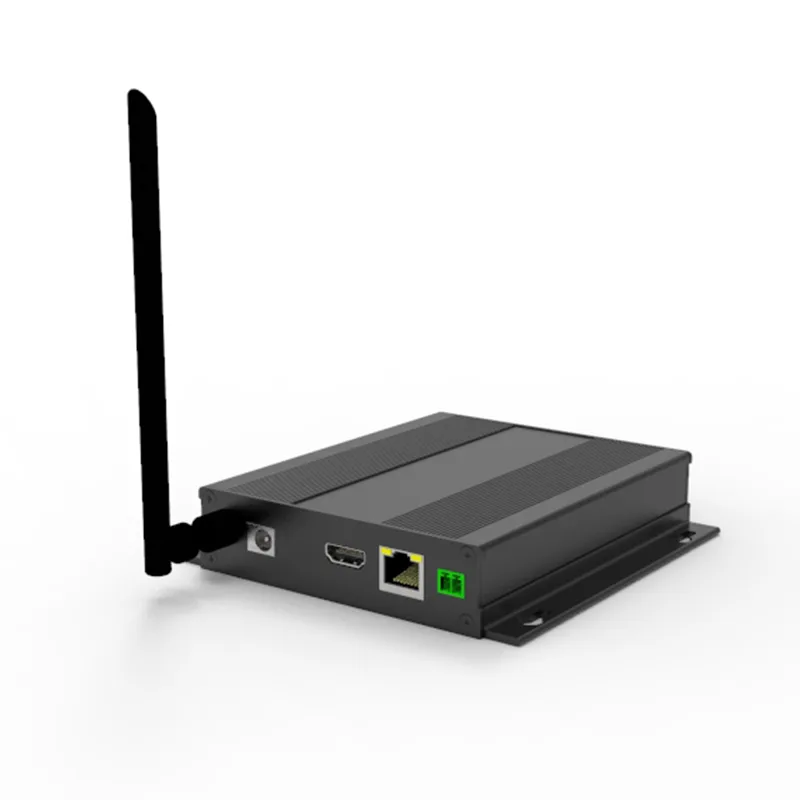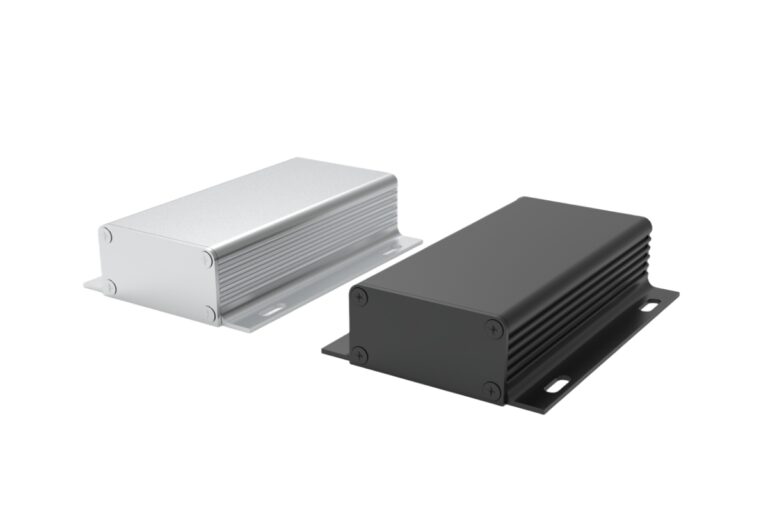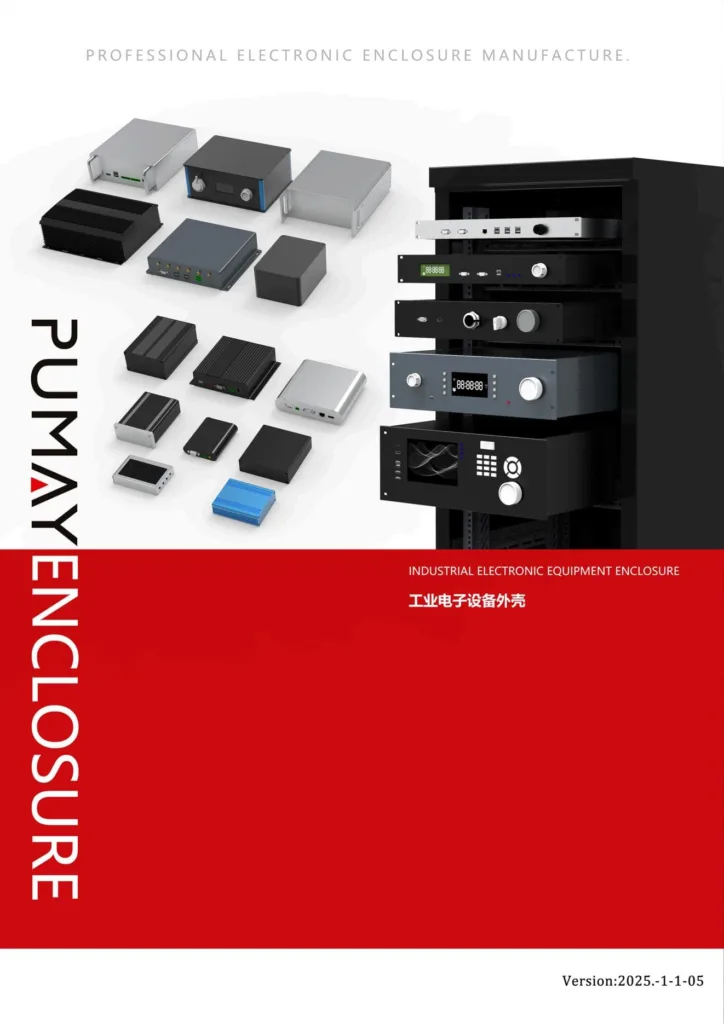In industrial environments, protecting sensitive electronics is crucial. Flanged surface mount wall enclosures1 provide robust solutions, offering reliability, ease of installation, and enhanced protection. But what exactly makes these enclosures indispensable?
This comprehensive guide explores everything you need to know about flanged surface mount wall enclosures—from their benefits and applications to critical factors for selection.

What are Flanged Surface Mount Wall Enclosures?
Flanged surface mount wall enclosures are specifically designed to attach securely to walls or other flat surfaces, offering easy installation and maintenance access. The integrated flanges provide stable mounting points, enhancing both security and ease of service.
Key Benefits of Flanged Enclosures
- Easy Installation2: Pre-drilled flanges streamline installation, reducing setup time.
- Enhanced Stability: Flanges provide additional support, ensuring the enclosure remains secure even in harsh conditions.
- Superior Protection3: Often made from materials like aluminum or stainless steel, these enclosures provide strong resistance to dust, moisture, and electromagnetic interference (EMI).
- Accessibility: Designed for convenient maintenance and inspection without compromising protection.
Common Applications of Flanged Surface Mount Enclosures
Flanged enclosures are widely utilized across various industries, including:
- Industrial Automation: Protecting control systems, PLC units, and sensor arrays.
- Telecommunications: Securing network infrastructure and wireless equipment.
- Energy Sector: Housing smart meters, solar power inverters, and battery management systems.
- Building Management: Enclosing security, access control systems, and HVAC controls.
Factors to Consider When Selecting Flanged Enclosures
When choosing the appropriate flanged enclosure, consider these critical factors:
1. Material Choice
- Aluminum: Lightweight, corrosion-resistant, and provides excellent EMI shielding.
- Stainless Steel: Ideal for harsh environments requiring high resistance to corrosion and chemical exposure.
- Plastic: Suitable for less demanding conditions, offering cost-effective protection.
2. Environmental Protection Rating (IP/NEMA)4
Choose enclosures with appropriate IP or NEMA ratings to ensure adequate protection against environmental factors like moisture, dust, and debris.
3. Thermal Management5
Proper ventilation, cooling mechanisms, and thermal conductivity materials are crucial for maintaining optimal operating temperatures inside the enclosure.
4. Customization Options6
Consider options such as custom cutouts, color coating, silk-screen printing, and EMI/RFI shielding to meet specific project requirements.

Installation Best Practices
- Ensure proper sealing to maintain environmental ratings.
- Use appropriate mounting hardware to prevent mechanical stress.
- Regularly inspect and maintain enclosures to extend service life.
Conclusion
Flanged surface mount wall enclosures1 play a vital role in safeguarding critical electronics across numerous industries. By carefully considering material, protection rating, and customization options, engineers and purchasers can confidently select enclosures that ensure reliable performance and durability for their specific applications.
Explore the advantages of these enclosures to understand why they are essential for protecting sensitive electronics. ↩ ↩
Learn how easy installation can save time and resources in industrial settings. ↩
Explore the materials and design features that make these enclosures highly protective. ↩
Discover why selecting the right IP/NEMA rating is crucial for ensuring the longevity of your equipment. ↩
Understand the importance of thermal management to maintain optimal performance of sensitive electronics. ↩
Find out how customization can enhance the functionality and aesthetics of your enclosures. ↩





